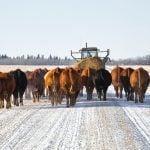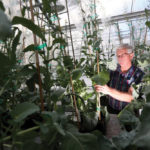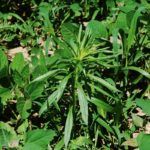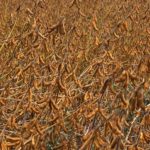Stoller Enterprises Limited applied several of its products to its Canola 100 plot at the Ag In Motion farm show near Saskatoon last July. There are 140 products in Stoller’s portfolio, and they added as many of these as they could to increase their plot yields. Kip Workman, Stoller Enterprises’ commercial product manager for Canada, explains Stoller’s […] Read more












